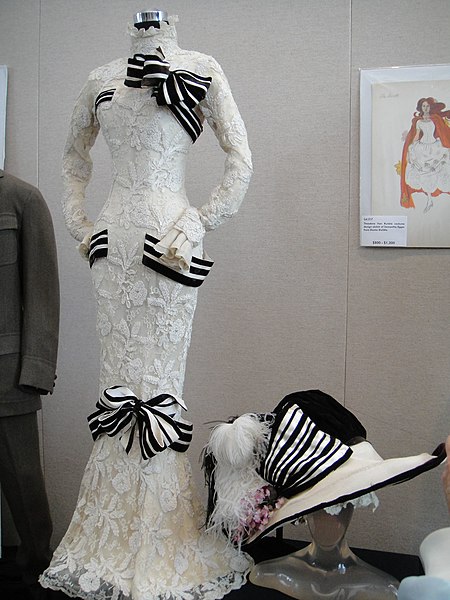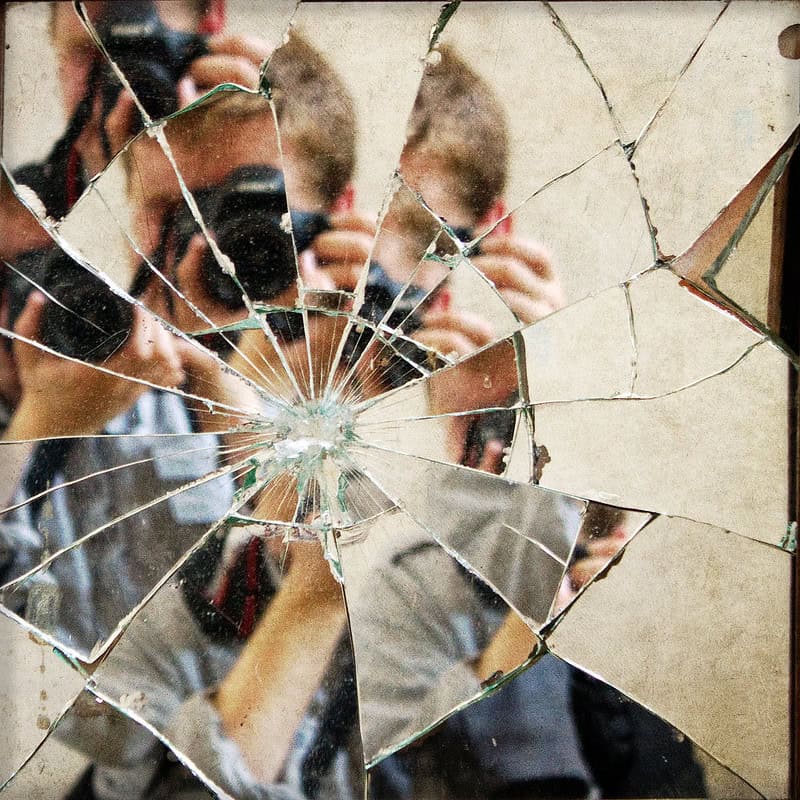Board games have been a beloved pastime for centuries, offering entertainment, strategy, and a glimpse into different cultures and eras. From ancient classics like Senet and Go to more recent innovations like Diplomacy and Tigris & Euphrates, each game has its own unique story and set of rules. This list explores 10 unique vintage board games, highlighting their origins, gameplay, and historical significance. Dive into the rich history and strategic depth of these timeless games that continue to captivate players around the world.
The Mansion of Happiness (1843)
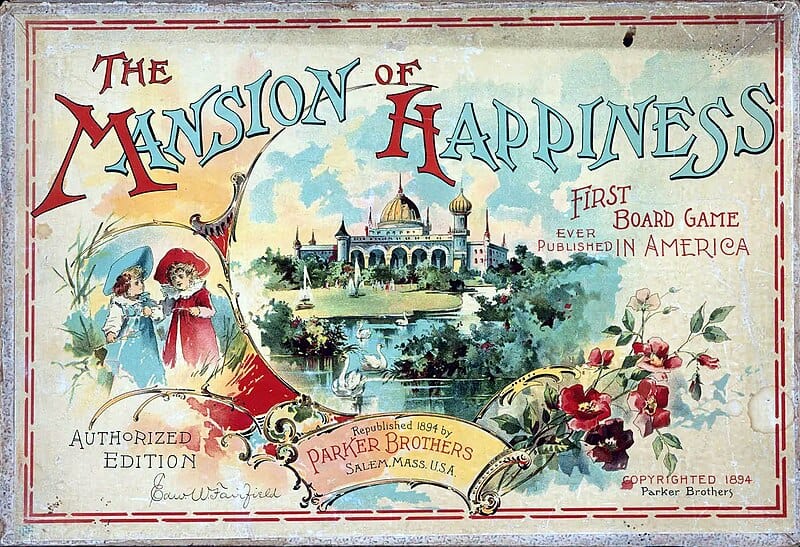
One of the earliest American board games, The Mansion of Happiness, revolves around a moral journey. Players advance by exhibiting virtues and avoid vices, reflecting the Puritan values of the time. The game board depicts a winding path with pitfalls and rewards that lead to the Mansion of Happiness. It serves as an early example of using board games for moral education. The game’s detailed illustrations and moralistic undertones make it a unique piece of history.
Halma (1880)
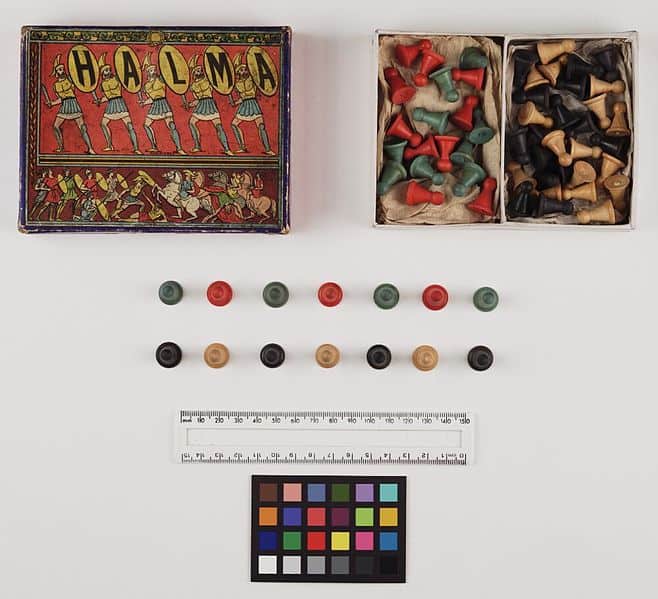
Halma, originating from Greece, is a strategic board game for two to four players. The objective is to transfer all of one’s pieces to the opposite corner of a square board. Each piece can move in eight directions, adding complexity to the game. Halma’s enduring appeal lies in its balance of simplicity and depth. Its influence can be seen in the later development of Chinese Checkers.
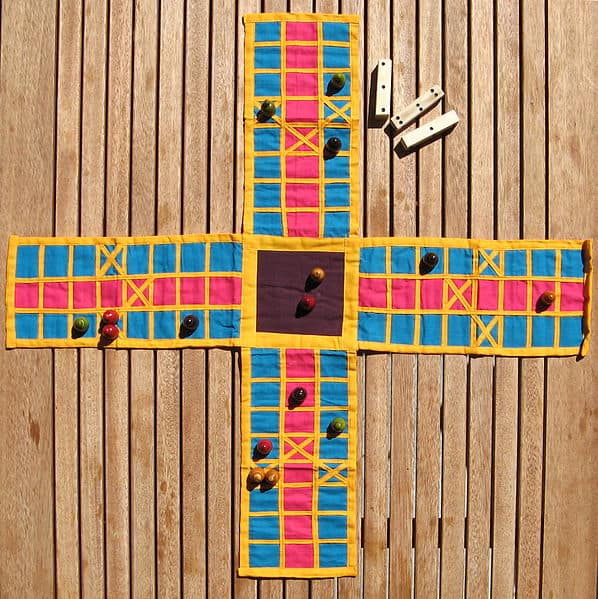
Pachisi, often referred to as the “national game of India,” dates back to ancient times. Players race their pieces around a cross-shaped board based on dice throws, aiming to return all pieces to the home square. The game’s name, derived from the Hindi word for 25, the highest score possible, reflects its cultural significance. Pachisi inspired many Western games, such as Ludo and Parcheesi. Its enduring popularity attests to its engaging and strategic gameplay.
The Royal Game of Ur (circa 2600 BCE)
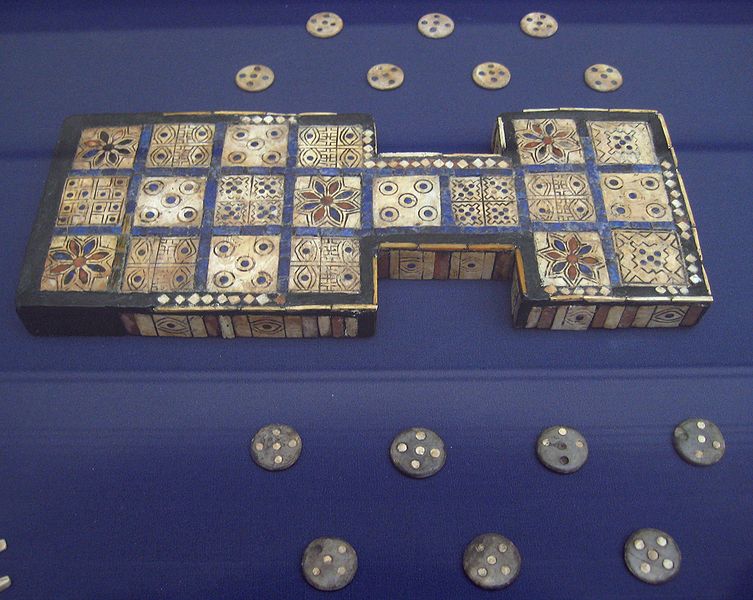
Discovered in the Royal Tombs of Ur, this ancient game is one of the oldest known board games. Players race their pieces to the end of the board, guided by throws of four-sided dice. The game combines elements of chance and strategy, with certain squares providing special advantages. Its beautifully inlaid board and intricate game pieces reflect its royal origins. The Royal Game of Ur provides a fascinating glimpse into early gaming culture.
Senet (circa 3100 BCE)
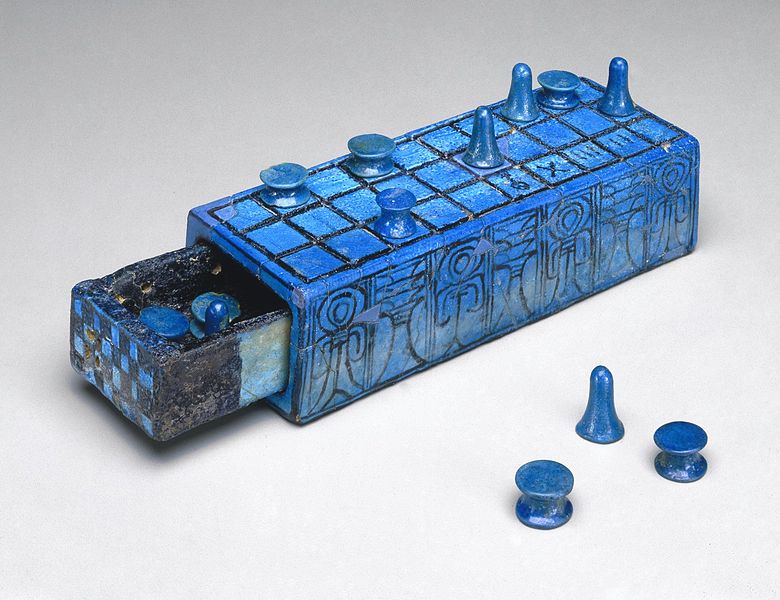
Senet, an ancient Egyptian game, was popular among pharaohs and commoners alike. The game represents a journey through the afterlife, with each player’s pieces moving along a 30-square board. Special symbols on the squares indicate various effects, adding a layer of complexity. Senet boards were often elaborate and richly decorated, signifying the game’s cultural importance. It’s thought to be a precursor to backgammon.
Hnefatafl (circa 400 CE)
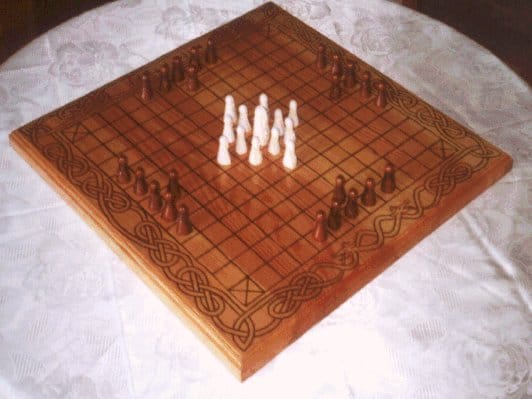
Also known as “King’s Table,” Hnefatafl was played by the Vikings. The game features asymmetric gameplay, with one player commanding the king and his defenders and the other controlling attackers. The king must reach a corner square to win, while the attackers aim to capture him. The game’s historical roots are evident in archaeological finds across Scandinavia. Hnefatafl’s unique mechanics and cultural heritage make it a fascinating study.
Nine Men’s Morris (circa 1400 BCE)
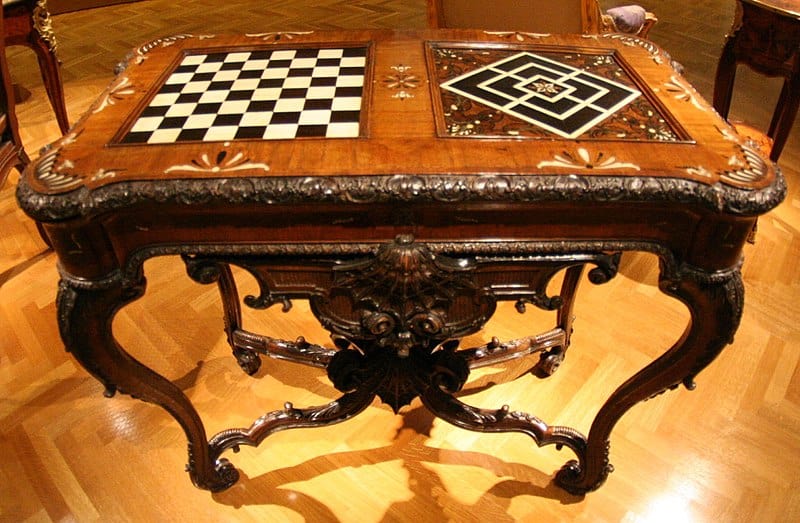
Originating in the Roman Empire, Nine Men’s Morris is a strategic alignment game. Players place and move pieces on a board to form mills (three pieces in a row), allowing them to remove an opponent’s piece. The game ends when a player reduces their opponent to two pieces or blocks all moves. Its simple rules and profound depth have kept it popular for millennia. Evidence of the game has been found in various ancient cultures.
Rithmomachy (circa 1030)
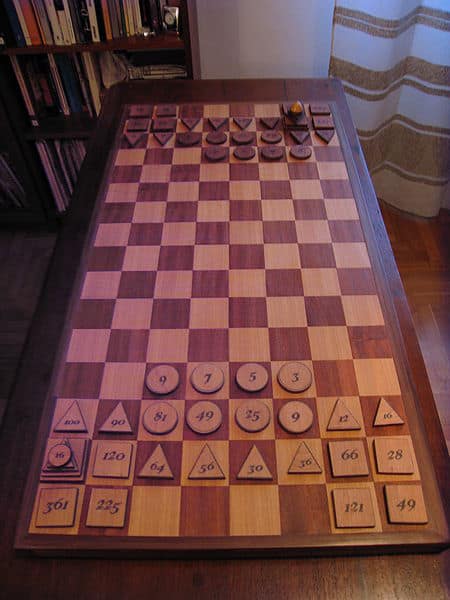
Known as the “Philosopher’s Game,” Rithmomachy was a medieval mathematical strategy game. Players use numbered pieces to capture and manipulate their opponent’s pieces, achieving victory through specific numerical combinations. The game was highly complex and was used as an educational tool in medieval Europe. Its board is divided into two sections, with different rules governing each. Rithmomachy’s intellectual challenges made it popular among scholars and clergy.
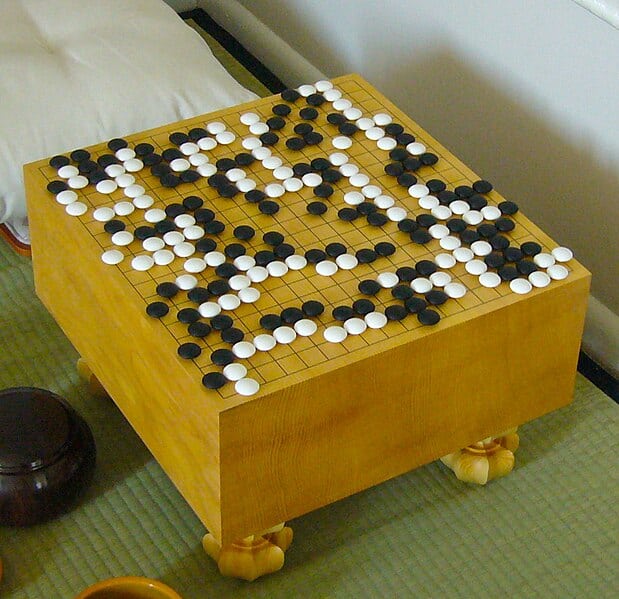
Originating in ancient China, Go is a two-player strategy game with profound depth. Players alternately place stones on a grid, aiming to surround and capture territory. Despite its simple rules, the game offers endless strategic possibilities, making it a favorite among intellectuals. Go’s cultural significance in East Asia is immense, often regarded as an art form. Its timeless appeal lies in its elegant balance of strategy and tactics.
L’Attaque (1909)
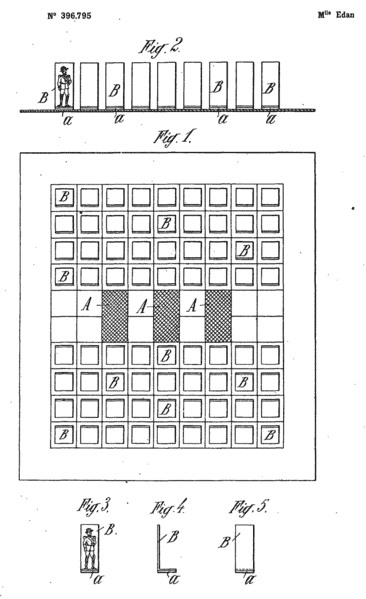
L’Attaque, the precursor to the popular game Stratego, was designed by a French officer. It simulates battlefield tactics, with players moving pieces representing different military units. Each unit has specific movement and capture abilities, adding layers of strategy. The game’s success led to numerous adaptations and inspired future military strategy games. Its historical context and strategic depth contribute to its lasting appeal.
This article originally appeared on Rarest.org.
More From Rarest.Org
Public places often have regulations to ensure safety, cleanliness, and cultural respect, leading to some surprising bans. From chewing gum in Singapore to flip-flops in Capri, these odd prohibitions reveal unique societal priorities and concerns. Read more.
Vintage fashion items are not only symbols of style but also artifacts of cultural history. Over the years, some of these iconic pieces have fetched astronomical prices at auction, reflecting their unique stories and the legendary figures who wore them. Read more.
Superstitions are intriguing beliefs that have been passed down through generations across different cultures. They often reflect a community’s history, values, and attempts to make sense of the unknown. Read more.


